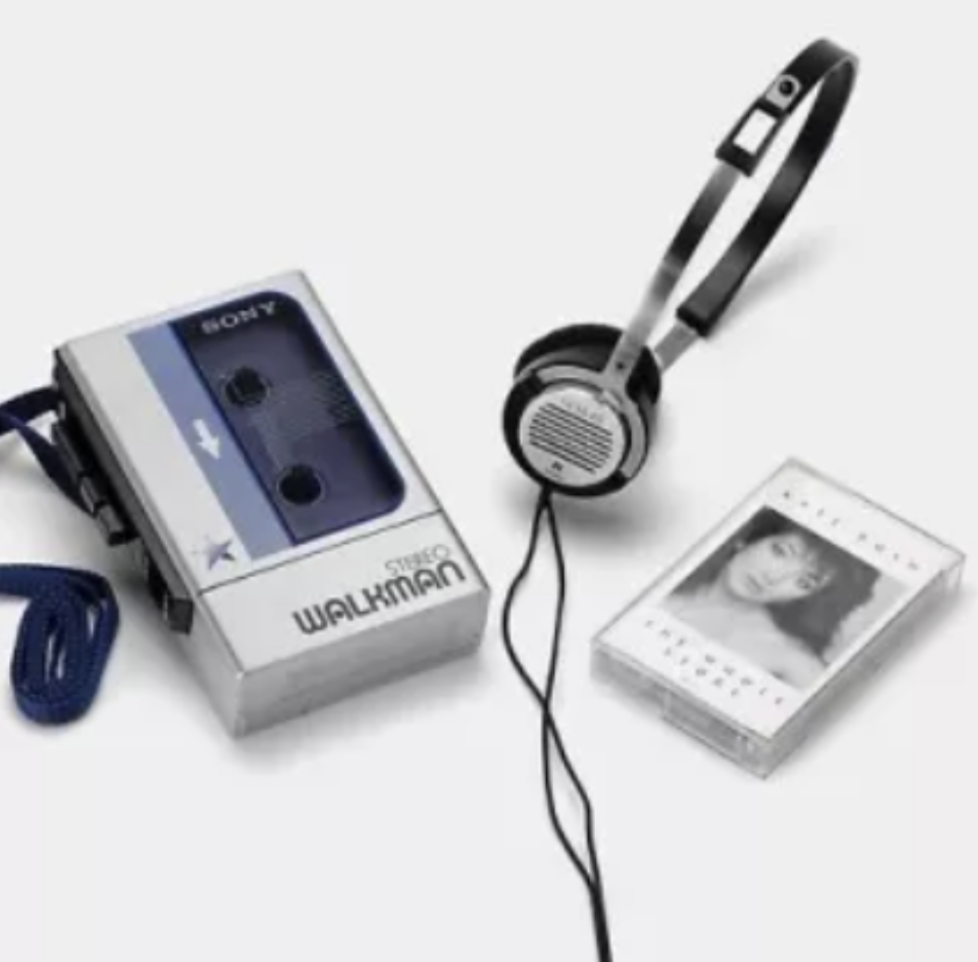The Headphone Evolution
Headphones are the most ubiquitous accessory of the present day. Virtually everyone owns a pair, with wearers spotted at coffee shops, college campuses, and crosswalks alike. Headphones have become integral to fashion, with people carefully choosing either the wired, wireless, or over-ear complement to their outfit of choice. Sure, headphones are practical. Our earpieces allow us to listen to music without disturbing others and guide our focus in times of distraction. More importantly, though, headphones have come to permeate the social scene. Let’s face it: today’s world is loud. In a crowded and interconnected society, headphones create a sonic sphere for the listener alone, an insulation that curtains the private space from the public one.
Audio technology was born in the early seventeenth century, with the earliest in-ear device revolutionizing medicine rather than music audio. French physician René Laennec rolled up a paper tube to listen to his patients’ hearts and lungs, creating a sound-amplifying tunnel called the stethoscope. Since Laennec’s time, though, sonic technology has exploded.
The introduction of the Sony Walkman in 1979 transformed how we experience music. Music was recast into a portable mold, with a small cassette player wired to aluminum over-ear headphones. The private listening experience was no longer limited to phone operators and military personnel, as it was during the 40s and 50s. Music was made portable for all, and by 1989, Sony had sold over 100 million Walkmans. Even today, the Walkman still boasts product placement in popular media: Sadie Sink, who portrays Max in the Duffer Brothers’ Stranger Things, rocks her Walkman for most of the newest Season 4.
Image Courtesy: winteriscoming.net Image Courtesy: spotern.com
Sony dominated the headphone industry until 2001, when Apple released the iPod. Each iPod, which promised to “hold 1,000 songs in your pocket,” was sold with a pair of all-too-familiar white earbuds. I remember my first iPod, a hot pink dream that played whatever song from Taylor Swift’s Fearless album my tween heart desired. The iPod and its wired earphones were soon replaced by wireless complements as Bluetooth technology emerged. Beats by Dre launched in 2008, embodying a return to over-ear relics of the 80s (I’m looking at you, Walkman).
Apple’s release of wireless Airpods in 2016 marked a return to minimalism. The Airpod is a sleek, simple, shiny white earbud that does away with the wiring of the iPod generation. Minimalism is present even in the listening experience: the newest Airpod Pros place noise canceling capabilities at the forefront, wholly encompassing the listener in the music. Today, noise canceling power remains the gold standard of a quality headphone.
Why do we desire to be so insulated? As the world becomes increasingly interconnected, it will inevitably become louder. And as the noise increases, we seek the quiet. Our headphones insulate us, creating a temporal divide between the private world and the public one. Headphones both create our private worlds and protect them for us. When we put on our headphones, we enter a personal sanctuary, one that enables us to create soundtracks of our own.
Strike Out,
Writer: Maddie Arruebarrena
Editors: Katie Sharp, Natalie Daskal





